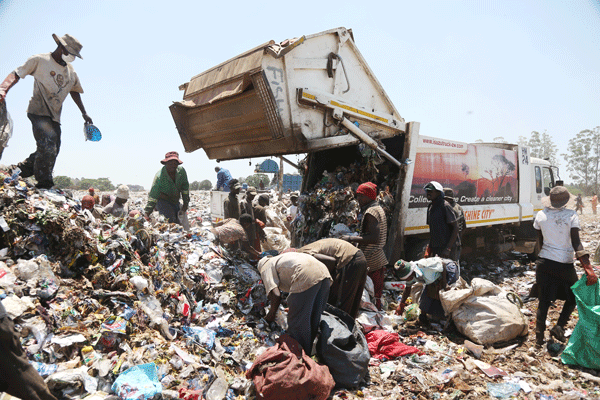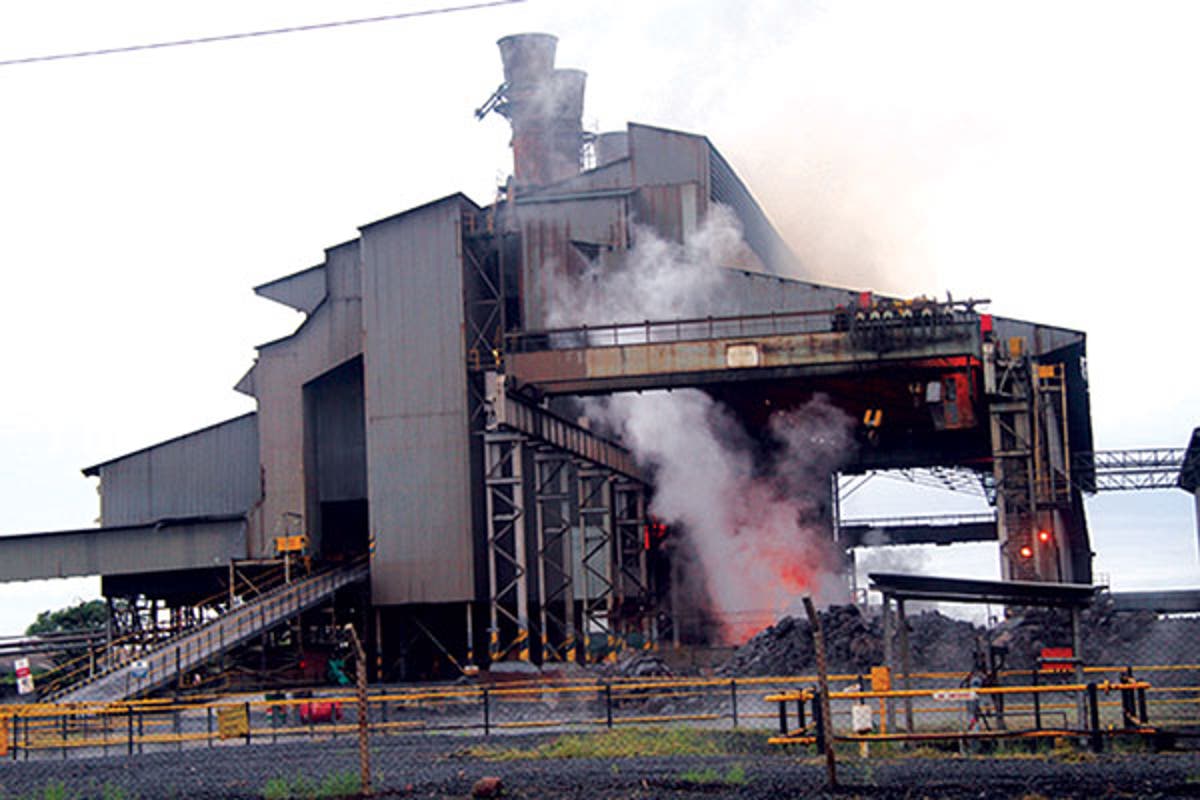Zimasco plans to more than double chrome processing capacity – if ZESA plays ball
Zimasco, one of the country’s biggest chrome smelters, plans to more than double annual smelting capacity to 400,000 tonnes over the next three years.
The Sinosteel unit plans to ramp up output of the stainless steel ingredient by installing a new 160,000 tonne plant at its Neta project in the Midlands if the state-owned power utility makes electricity available, according to spokesperson Clara Sadomba. In addition,
the company plans to increase capacity at its Kwekwe smelter by 40 percent by installing two more furnaces for about US$65 million, she said.
That will raise capacity to 252,000 tonnes from 180,000 tonnes at Kwekwe. The company forecasts ferrochrome production of 70,000 tons this year, which it expects to double once its West plant is back on line after refurbishment.
Sinosteel is raising processing capacity in Zimbabwe after the government banned exports of lumpy chrome ore starting in July and chrome ore concentrates from mid2022. The directive has not hurt Zimasco’s operations, Sadomba said. Zimasco is Zimbabwe’s biggest chrome miner and one of the biggest refiners of ferrochrome, an
alloy made from chrome and iron.
“As an integrated ferrochrome producer, Zimasco’s lumpy chrome ore resources are utilised in the production of its ferrochrome alloy and this will also be the case for its chrome ore concentrates, which will be processed through the new sinter plant to enable them to be part of the chrome ore feed for the furnaces,” she said.
Steel producers are expected to gain from China’s restrictions on output of the metal.
China’s output of the metal last month plunged to the lowest since March 2020 as authorities in the world’s biggest steelmaker intensified production curbs with a view to improving air quality ahead of Winter Olympics next year and reaching carbon neutrality by 2060.
In August, the government announced that chrome producers would banned immediately from exporting raw chrome, while producers of chrome concentrates were given a year to set up local refinery capacity. Exports of raw chrome would only be allowed when all the smelters are not able to take up the consignment.
However, previous bans of raw chrome have not increased local smelting, mainly due to lack of new investment and insufficient power supplies. Zimasco once produced 70 percent of Zimbabwe’s ferrochrome. Afrochine, a unit of the
world’s biggest stainless steel company Tshingshan, is now the largest producer, putting
out 100 000 tonnes of ferrochrome from its Selous plant each year. ebusinessweekly.c.zw








